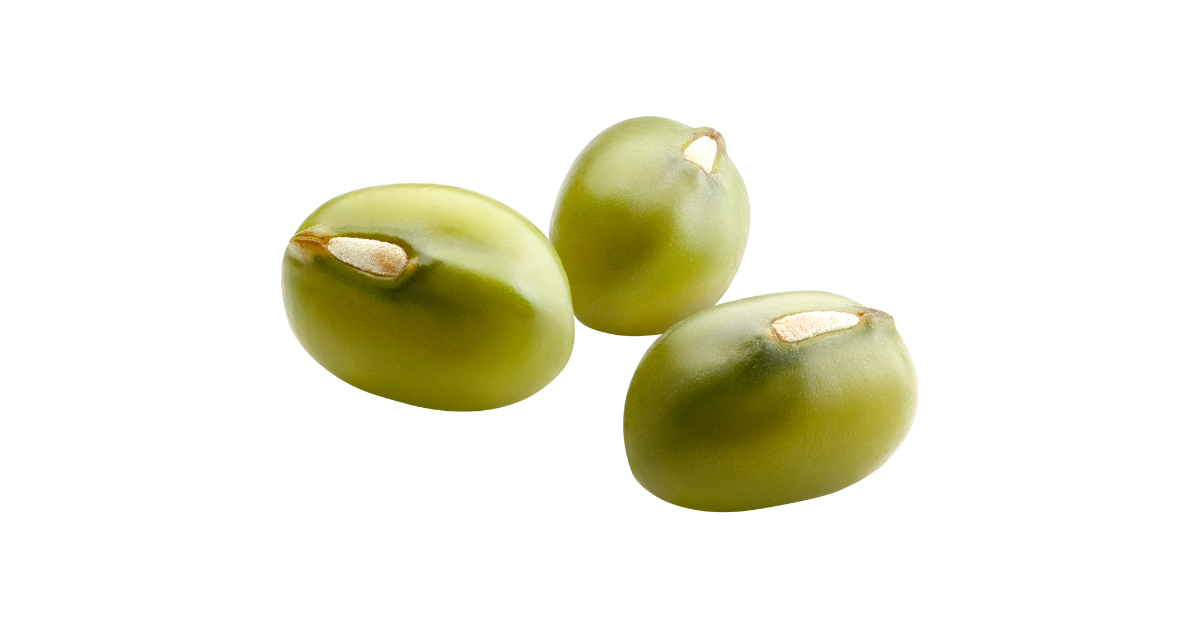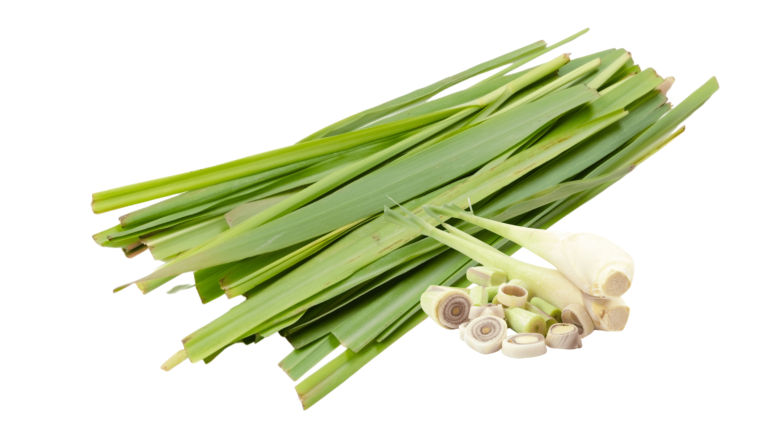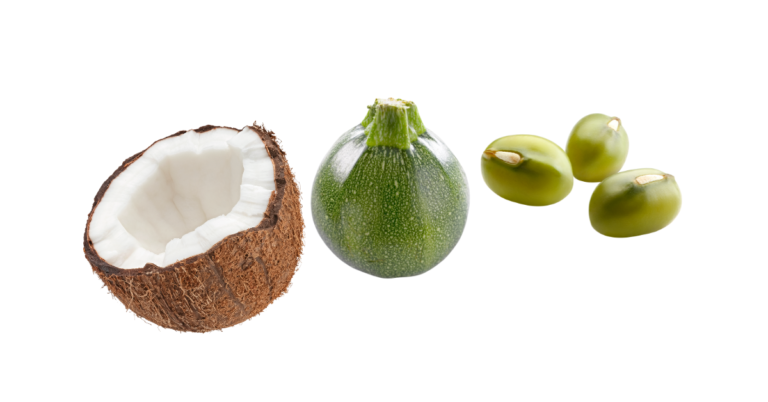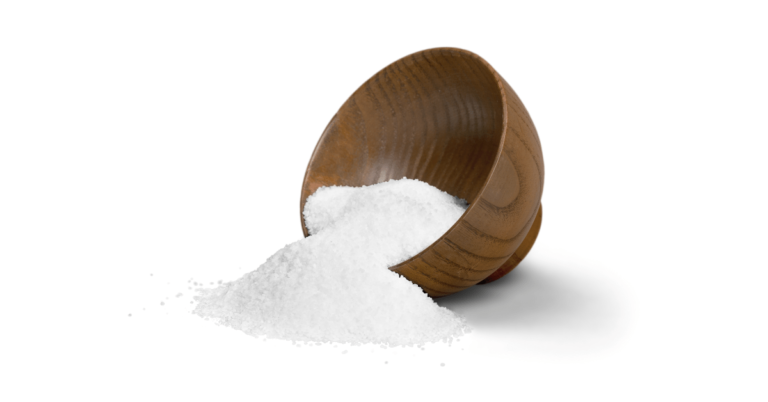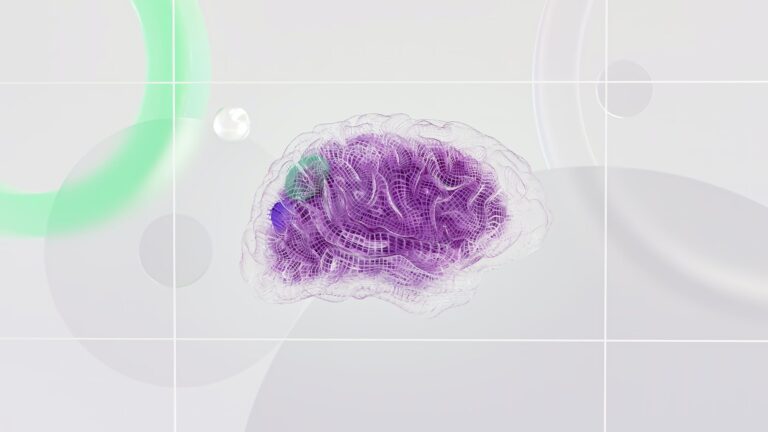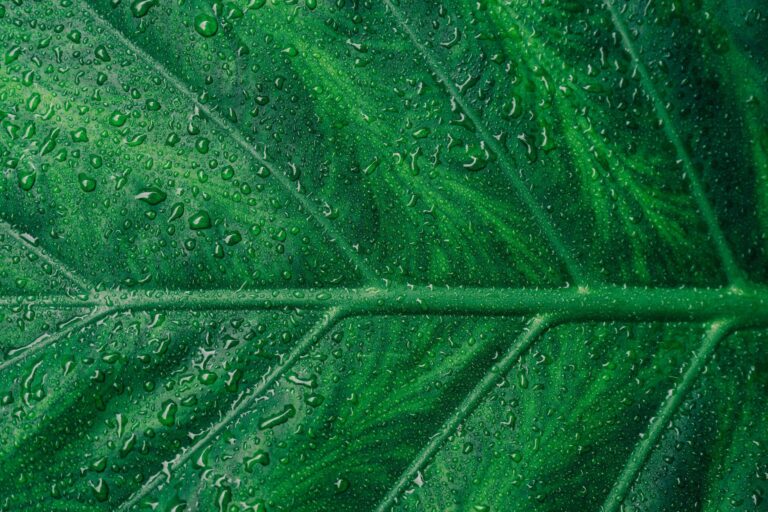Mung Bean Nutrition & Important Therapeutic Actions
Mung bean is an important legume due to its rich nutritional profile and bioactive compounds when consumed as part of a well-balanced diet. However, suitability does depend on individual requirements.
This article is a condensed version of our previous comprehensive guide titled “Mung Bean The Powerful Good For Inner Wellness“
For healthy adults, the mung bean can be a high-quality addition to their diet. It has several nutritional and dietary therapeutic properties, which this article explores further.
It is also a source of protein that is helpful in particular diets.
Nutritional Value
Mung beans are small green legumes and are common in Asian diets. They are a good source of protein, fibre, and various vitamins and minerals.
Correspondingly, the value of bioactive protein held in a single cup of Mung bean, approximately 207 grams, is 49.5 grams. The US Department for Agriculture specifies these figures according to 1 cup of mung bean;
| Protein 49.5g | Energy 3000 kJ |
| Lipid (fat) 2.38g | Carbohydrates 103g |
| Dietary fiber 33.7g | Sugars 13.7g |
| Calcium 273 mg | Iron 14 mg |
| Magnesium 391 mg | Phosphorous 760 mg |
| Potassium 2590 mg | Sodium 31 mg |
| Zinc 5.55 mg | Copper 1.95 mg |
| Manganese 2.15 mg | Selenium 17 ug |
| Vitamin C (total ascorbic acid) 9.94 mg | Thiamin 1.28 mg |
| Riboflavin 0.482 mg | Niacin 4.66 mg |
| Pantothenic acid 3.95 mg | Vitamin B-6 0.791 mg |
| Folate 1290 ug | Choline 203 mg |
| Vitamin A 12.4 ug | Beta Carotene 141 ug |
| Vitamin E (alpha-tocopherol) 1.06 mg | Vitamin K 18.6 ug |
| Fatty acids, total saturated, 0.72 g | Fatty acids, total monounsaturated, 0.333 g |
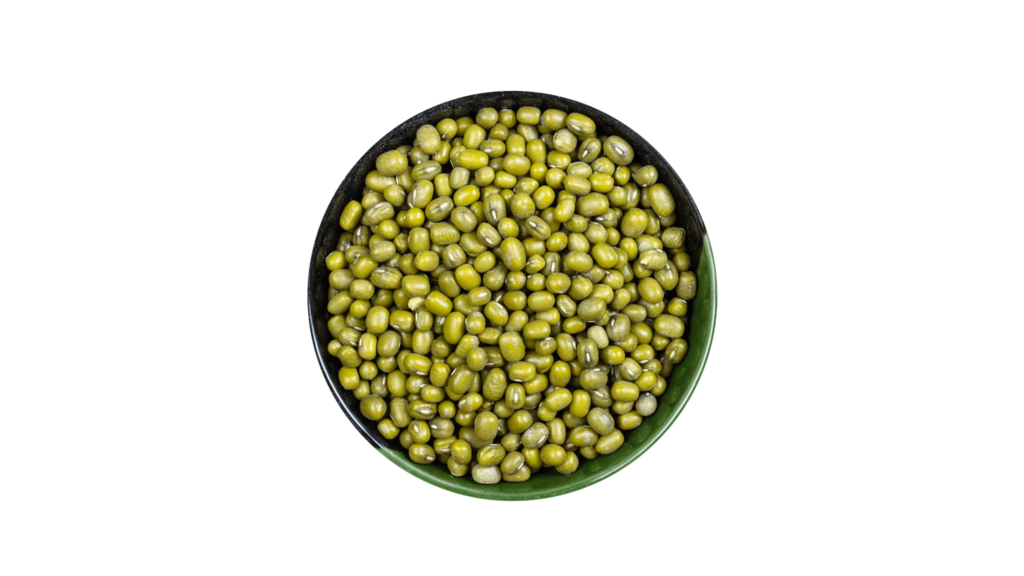
Improving Nutrient Absorption (Phytic Acid & Lectin): Bioavailability
Proper bean preparation affects nutrient absorption and chemical reactions in the body. This can significantly impact the quality of its bioavailability when consumed and digested.
For instance, legumes may contain phytic acid within the seed and lectin on their outer layers.
Phytic Acid
Phytic acid is labelled an antinutrient compound and is present in grains, nuts, and seeds.
It binds to minerals like iron, zinc, and calcium, thereby reducing their absorption in the body.
However, soaking, sprouting, or fermenting these foods can reduce their phytic acid content and improve mineral absorption.
Lectin
Lectins are protein compounds found in many foods, including mung beans.
While lectins can be beneficial for some aspects of health, they can also interfere with digestion by binding to the gut lining and disrupting nutrient absorption.
Some people may be more sensitive to lectins than others, and may need to avoid or limit their intake.
When mung beans are cooked or sprouted, their lectin content reduces, making them easier to digest.
It is essential to remember that pre-soaking and cooking the food may not be sufficient to remove all the lectins. This may also depend on the bean’s source of origin.
The next section looks at the efficiency of its protein content with the (PER) system.
Protein Efficiency Ratio (PER)
Protein Efficiency Ratio (PER) evaluates protein quality in food. Determining how effectively the body absorbs and utilises the protein.
(PER) is typically calculated by measuring weight gain over time with a protein-rich diet and comparing it to the initial weight (the applicability of this may vary).
Mung Bean Protein Efficiency Ratio
According to Yi-Shen et al. (2018) study, mung bean seeds contain about 20.97–31.32% protein.
Although known for their high protein and amino acid content, their low methionine content and the presence of trypsin inhibitors reduce their protein efficiency ratio.
To help its (PER) value, due to their high protein content and digestibility, they are combined with other cereals such as millet, barley, rice, etc.
This can help to significantly increase the quality of protein intake as part of a vegetarian diet.
Peptides
Additionally, the bean’s proteins and peptides are associated with ACE inhibitory, antifungal, and antibacterial properties.
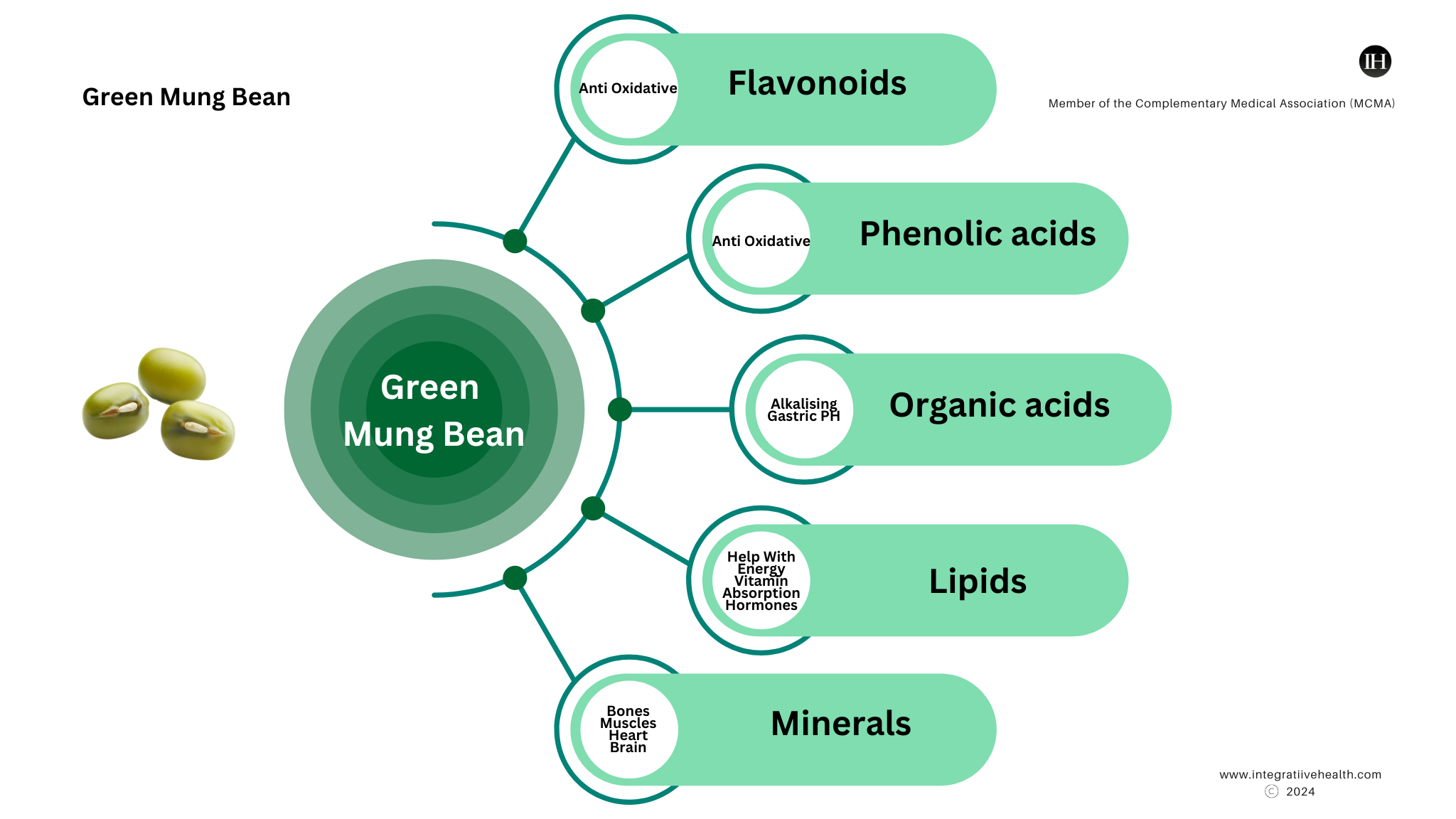
Mung Bean Protein Isolate (MBPI)
“Mung bean protein isolate” (MBPI) refers to a protein extracted from mung beans. “Isolate” means to separate or disconnect something from other things.
Furthermore, (Bartholomae et al., 2019) add that the total protein content in mung bean protein isolate was 87.8%. And, essential amino acids constituted 43.5% of total amino acids.
The study also presents a pilot trial that associated the bean with muscular strength.
Improves Muscular Strength in Healthy, Underactive Vegetarian Adults
A first-known pilot study was conducted to investigate the effect of a vegetarian protein supplement (MBPI) on vegans and vegetarians without a training intervention.
Key findings;
- A strong positive association between lean body mass (LBM) and strength (both grip strength and knee flexor and extensor strength).
- An indication that supplementary protein promotes strength without adopting a regimented exercise program and independent of LBM.
The presented study demonstrated for the first time that a vegetarian protein source alone and without exercise could contribute to strength outcomes in underactive plant-based eaters.
Relative factors: the vegetarian participants, dietary protein intake (g/day), LBM, and body strength were directly related.
The full study can be found here: Bartholomae, E., Incollingo, A., Vizcaino, M., Wharton, C., & Johnston, C. S. (2019). Mung Bean Protein Supplement Improves Muscular Strength in Healthy, Underactive Vegetarian Adults. Nutrients, 11(10). https://doi.org/10.3390/nu11102423
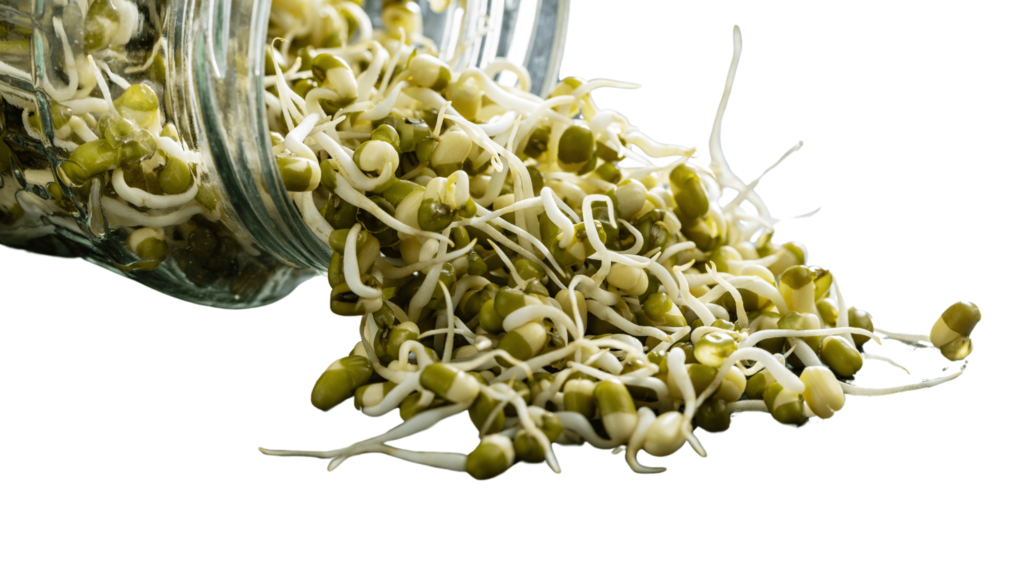
Bioactive Compounds: Polyphenols
Regarding bioactive compounds, the beans contain polyphenols with therapeutic properties that influence therapeutic actions when consumed in a diet.
Some polyphenols are as follows (mung bean fresh weight);
Flavonoids such as, glucosides, quercetin, catechin, vitexin, isovitexin, luteolin, caffeic acid, chlorogenic acid and a several others.
Bioactive compounds source: (Hou et al., 2019).

Case Studies On Mung Beans Important Properties
According to Hou et al. (2019), mung bean (Vigna radiata L.) contains bioactive polyphenols, polysaccharides, peptides and offers numerous health benefits.
Here are some important points from the study;
1. Triglycerides & Total Cholesterol
Mung bean sprouts have hypolipidemic properties, which may help reduce triglycerides, total cholesterol, and heart rate.
Specifically, an (in vivo) study of a diet of 30% mung bean sprout supplementation for 46 days showed decreasing effects on these parameters.
2. Blood Glucose, Triglycerides, Body Weight
Moreover, they have an impact on the level of glucose in the blood and can affect the overall body weight.
Specifically, an (in vivo) study of a diet of 30% raw, boiled and sprouted mung bean sprout supplementation for 5 weeks showed decreasing effects on these parameters.
3. Adipose Tissue, Body Fat
Vitexin and isovitexin are bioactive compounds in mung bean. Both of which have an association with decreasing fat accumulation.
According to Hou et al. (2019), the bean has shown the following effects: decreased fat accumulation, body weight, subcutaneous adipose weights, and hepatic triglycerides in both (in vivo and in vitro) studies.
Mung bean protein isolate is also linked to secondary anti-fat actions.
The full study, which includes the case study and references mentioned in the previous sections, can be accessed at the following link: Hou, D., Yousaf, L., Xue, Y., Hu, J., Wu, J., Hu, X., Feng, N., & Shen, Q. (2019). Mung Bean (Vigna radiata L.): Bioactive Polyphenols, Polysaccharides, Peptides, and Health Benefits. Nutrients, 11(6). https://doi.org/10.3390/nu11061238

Bean Preparation Techniques for Optimal Consumption
Here are some methods to help activate the bean and allow to increase its bioavailability.
The following methods form an integral part of Ayurvedic dietary principles:
- It is recommended to soak the whole bean overnight before cooking. The bean will absorb water and increase in weight, so it should be washed thoroughly prior to cooking.
- Raw sprouts should be rinsed before consumption. They can be eaten raw or steamed.
- The bean can also be cooked and ground or pasted after overnight water activation.
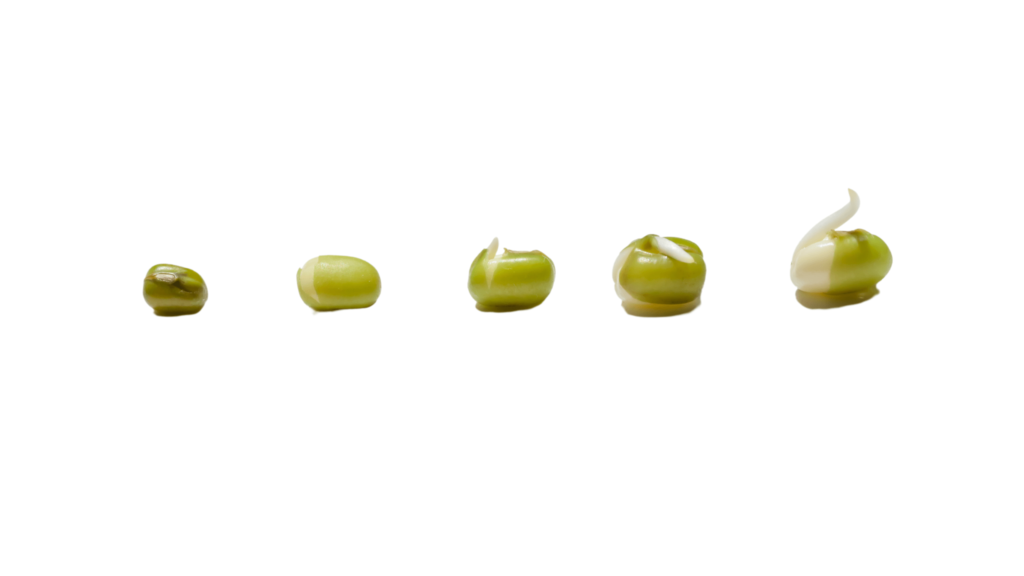
Overall Consensus On Mung Bean
For several years, mung beans have been consumed as a dietary food in many Asian countries and are generally considered safe. However, the bean may not be suitable for all individuals.
Summary
- To conclude, Mung Beans are an antioxidative source of natural protein. They are rich in several nutrients, such as protein, fibre, Vitamin C, A, K, Magnesium, a low GI source, and several other constituents. Because of its versatility, it can be highly personalized to an individual’s needs.
- In terms of its protein efficiency ratio (PER), although rich in protein, has a low (PER) due to other lower elements. Therefore, studies suggest combining the bean with other ingredients such as barley, millet, or rice can improve their (PER).
- As focusing on inherent and natural body strength becomes increasingly important, a recent pilot study suggests that the mung bean protein isolate (MBPI) promotes strength without adopting a regimented exercise program in plant-based eaters. On the other hand, it is associated with nourishing effects on muscle in Ayurvedic diets and recognised as a clean source of high energy.
- Lastly, its therapeutic effects and properties are vast; some include decreasing triglycerides, lowering cholesterol, being blood sugar friendly, having anti-oxidative actions, and having anti-inflammatory effects within the body. There are several evidential case studies that recognise the value of mung bean.
Precautions
It is essential to seek professional guidance before altering your diet and to check if any diet or wellness routine is appropriate for someone who is pregnant, allergic, or has chronic health concerns.
This is an informational post only and does not constitute professional advice.
Informational Video: Green Mung Bean & Its Dietary Properties
Read how mung bean in Ayurvedic Khichdi can create a bioactive complete protein meal for more insights.
AyurVedic khichdi
References in this article
- Hou, D., Yousaf, L., Xue, Y., Hu, J., Wu, J., Hu, X., Feng, N., & Shen, Q. (2019). Mung Bean (Vigna radiata L.): Bioactive Polyphenols, Polysaccharides, Peptides, and Health Benefits. Nutrients, 11(6). https://doi.org/10.3390/nu11061238
- MCMA, MA. Hunjan, G. G. (2023, October 26). Mung Bean The Powerful Good For Inner Wellness. InteGratiiveHealth.com
- Yi-Shen, Z., Shuai, S., & FitzGerald, R. (2018). Mung bean proteins and peptides: Nutritional, functional and bioactive properties. Food & Nutrition Research, 62. https://doi.org/10.29219/fnr.v62.1290
- Bartholomae, E., Incollingo, A., Vizcaino, M., Wharton, C., & Johnston, C. S. (2019). Mung Bean Protein Supplement Improves Muscular Strength in Healthy, Underactive Vegetarian Adults. Nutrients, 11(10). https://doi.org/10.3390/nu11102423
- United States Department of Agriculture – https://fdc.nal.usda.gov/fdc-app.html#/food-details/174256/nutrients

